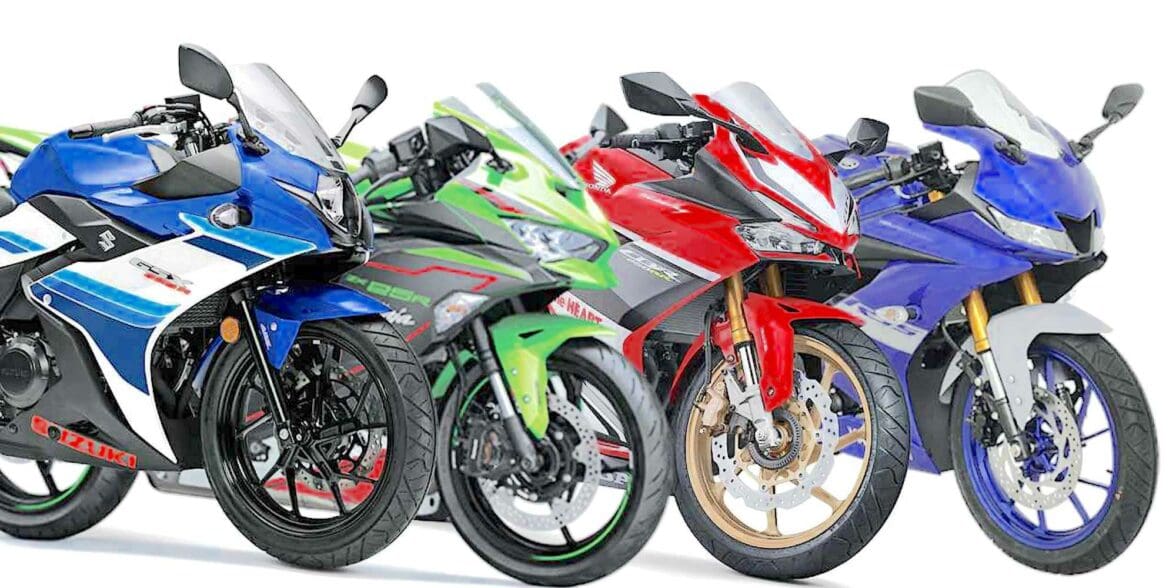
In this article, we will explore the recent developments in the motorcycle industry, specifically focusing on Honda, Suzuki, Yamaha, and Kawasaki’s decision to cut 37 motorcycle models. This significant move has captured the attention of motorcycle enthusiasts and industry insiders alike. Let’s delve into the details and understand the implications of these cuts.
Overview of Honda
Honda, one of the leading motorcycle manufacturers globally, has decided to streamline its product lineup by discontinuing certain motorcycle models. This strategic move aims to optimize their production processes, enhance efficiency, and better align with the changing market demands. Let’s take a closer look at the specific motorcycles affected by this decision.
Honda’s Motorcycle Cuts
Honda’s decision to cut motorcycle models stems from careful analysis and market research. By discontinuing certain models, Honda aims to focus on their core product range and invest resources into developing innovative and competitive motorcycles. This move allows them to stay ahead in an ever-evolving market while maintaining high-quality standards.
Overview of Suzuki
Suzuki, a renowned motorcycle manufacturer with a strong global presence, has also announced plans to reduce their motorcycle offerings. This decision reflects Suzuki’s commitment to adapt to market trends and concentrate on producing motorcycles that resonate with consumer preferences. Let’s explore the implications of Suzuki’s motorcycle cuts.
Suzuki’s Motorcycle Cuts
Suzuki’s decision to trim their motorcycle lineup aims to enhance their brand’s overall appeal and increase market competitiveness. By eliminating certain models, Suzuki can allocate more resources to research and development, ensuring their motorcycles meet the demands of today’s riders. This strategic move enables Suzuki to focus on producing cutting-edge motorcycles that deliver exceptional performance and style.
Overview of Yamaha
Yamaha, a prominent player in the motorcycle industry, has also made headlines with their decision to reduce their motorcycle portfolio. This proactive step by Yamaha demonstrates their commitment to maintaining a strong market presence and offering motorcycles that meet the evolving needs of riders worldwide. Let’s delve into the specifics of Yamaha’s motorcycle cuts.
Yamaha’s Motorcycle Cuts
Yamaha’s motorcycle cuts are driven by their dedication to delivering outstanding products that align with market demand. By streamlining their lineup, Yamaha can enhance their production efficiency and concentrate on motorcycles that showcase their technological prowess. This decision enables Yamaha to continue setting industry standards and provide riders with an exceptional riding experience.
Overview of Kawasaki
Kawasaki, known for its high-performance motorcycles, has also joined the trend of cutting motorcycle models. This strategic move allows Kawasaki to optimize their operations, improve profitability, and maintain their position as a leader in the motorcycle industry. Let’s explore the implications of Kawasaki’s motorcycle cuts.
Kawasaki’s Motorcycle Cuts
Kawasaki’s decision to reduce their motorcycle offerings reflects their commitment to delivering motorcycles that cater to the evolving tastes and preferences of riders. By focusing on their core strengths and discontinuing certain models, Kawasaki can invest more resources into research and development, ensuring their motorcycles continue to set new benchmarks in performance and design.
Impact on the Industry
The collective motorcycle cuts by Honda, Suzuki, Yamaha, and Kawasaki signify a broader shift in the industry. This streamlining trend indicates that motorcycle manufacturers are keen on optimizing their product portfolios, improving efficiency, and aligning with changing market dynamics. It also opens up opportunities for emerging manufacturers and niche players to fill the gaps left by these cuts.
Consumer Perspective
From a consumer standpoint, the motorcycle cuts may initially raise concerns. However, these decisions are driven by the manufacturers’ commitment to delivering the best possible motorcycles in a competitive market. By focusing on their core strengths and investing in innovation, manufacturers can provide riders with motorcycles that meet their evolving needs, ensuring a thrilling and satisfying riding experience.
Conclusion
In conclusion, the recent motorcycle cuts by Honda, Suzuki, Yamaha, and Kawasaki represent a strategic response to market demands and a drive for continuous improvement. These manufacturers aim to optimize their operations, enhance efficiency, and develop motorcycles that push the boundaries of performance and design. As the industry evolves, it will be intriguing to see how these decisions shape the future of motorcycling.








